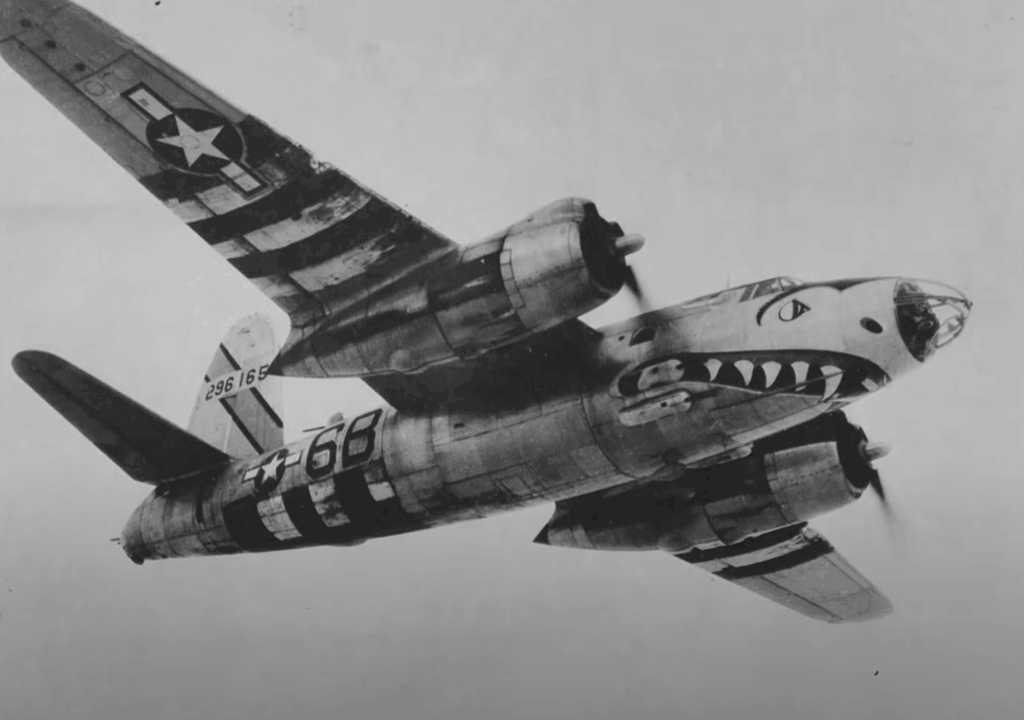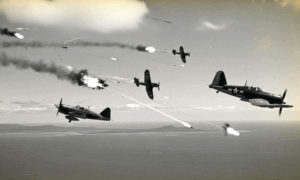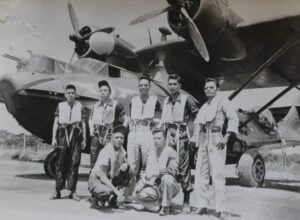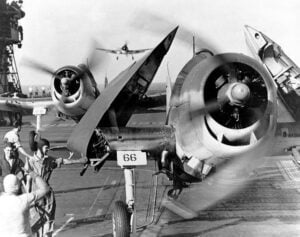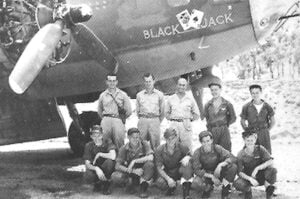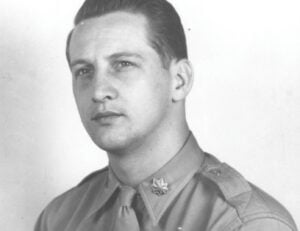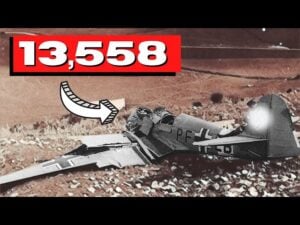Why Did This WWII American Plane End Up Killing Its Own Pilots in a Tragic Way
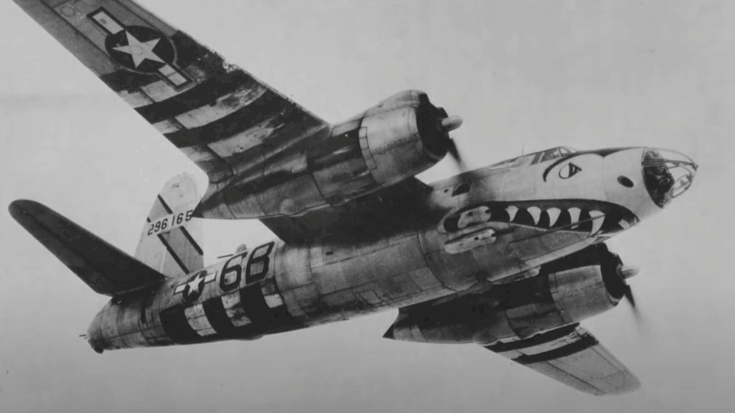
World War Made Simple / YouTube
During the Second World War, the United States produced a bomber that combined remarkable speed with heavy firepower. On paper, it looked like a breakthrough in modern warfare. In reality, it earned grim nicknames from the very men who flew it, as mechanical flaws and demanding handling claimed many lives before it even reached the battlefield. This was the Martin B-26 Marauder, an aircraft whose reputation began in tragedy but later evolved into respect.
The Birth of the B-26
In the late 1930s, tensions across Europe and Asia drove the U.S. Army Air Corps to seek a medium bomber that could deliver large payloads over long distances at high speed. On March 11, 1939, a proposal was issued calling for a twin-engine aircraft with a 350-mph top speed, a 3,000-mile range, and the ability to carry 2,000 pounds of bombs.
The Glenn L. Martin Company responded with a bold design created by 26-year-old engineer Payton M. Magruder. The plan was so promising that the Army ordered 201 aircraft directly from the drawing board—an unusual step that showed the urgency of the times. The first B-26 flew on November 25, 1940, and by early 1941, deliveries began to bomber units.
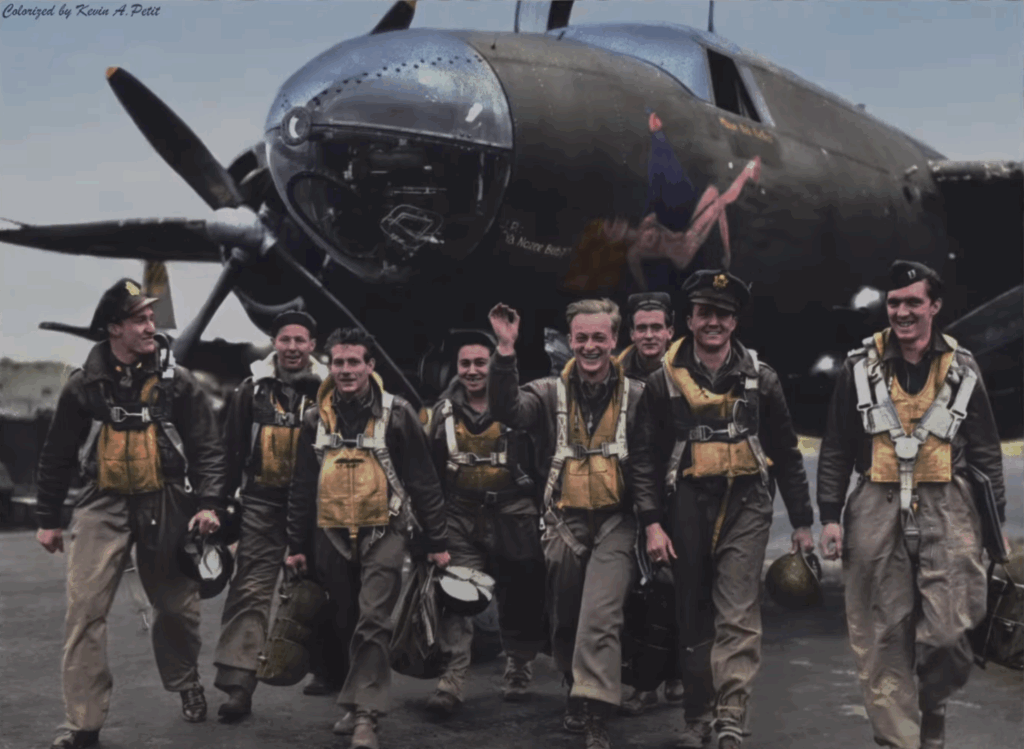
A Fast but Demanding Machine
The Marauder was sleek and modern, with a long fuselage, small wings, and two powerful Pratt & Whitney R-2800 engines producing nearly 2,000 horsepower each. It could reach 315 mph and carry more than 5,000 pounds of bombs. Armed with multiple .30 and .50 caliber guns, it was among the fastest and most heavily armed bombers of its type.
But its design came with a cost. The small wings created a high wing loading, meaning the aircraft had to land at speeds far higher than most other bombers. Pilots who slowed too much risked a sudden stall and crash. Mechanical problems such as landing gear collapses and propeller malfunctions added to the danger.
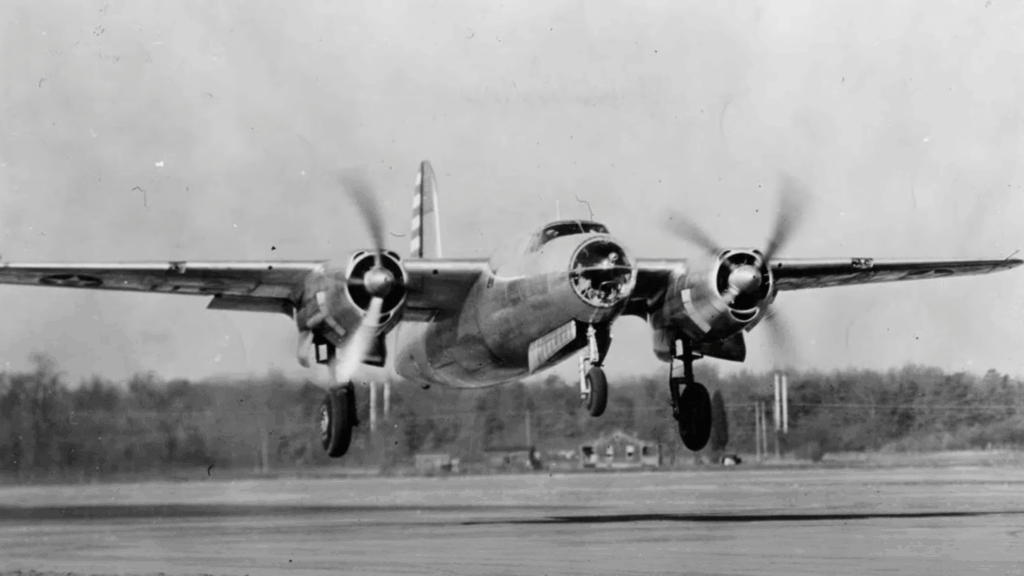
Training Accidents and Fear
As America entered the war in late 1941, inexperienced pilots—some with barely 230 hours of flight time—were assigned to the demanding B-26. At McDill Field in Florida, a major training base, so many Marauders crashed into Tampa Bay that crews coined the grim phrase “one a day in Tampa Bay.” In one period, up to 15 accidents occurred in a single month.
Many of these losses came from the combination of high landing speeds, tight handling margins, and inexperienced crews. Some incidents were mechanical, while others were pilot error under extreme pressure. These accidents fed the plane’s dark reputation and the fear among new aviators.
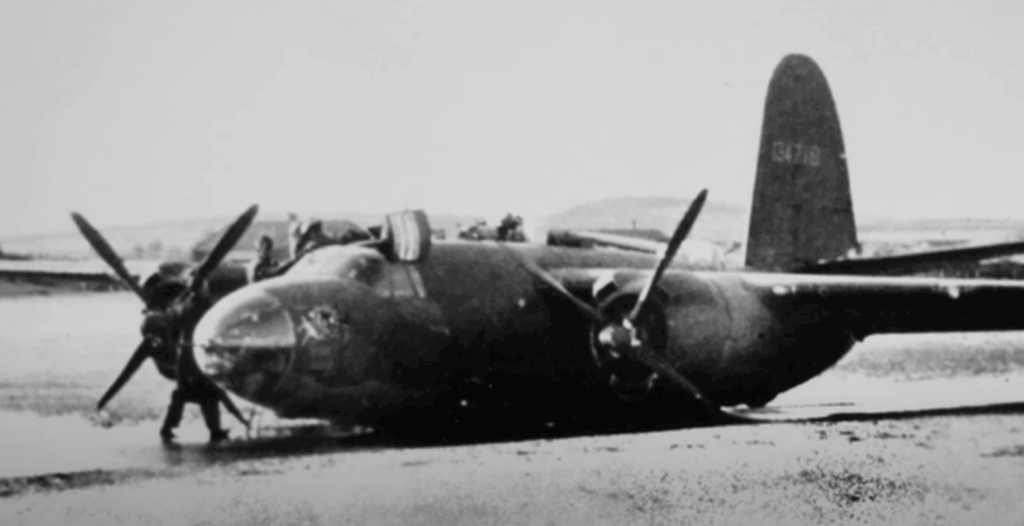
Official Scrutiny and Design Changes
By 1942, the aircraft’s safety record reached the attention of a Senate investigative committee led by Senator Harry S. Truman. Glenn L. Martin admitted the wings were too short and contributed to the problem. Production was nearly halted, but combat crews with more experience argued the bomber was effective in the field.
The Army ordered modifications—longer wings, improved stability, and better takeoff performance. New training programs included time in twin-engine trainers before transitioning to the Marauder, which reduced the number of accidents.

Combat Service and Resilience
Despite its troubled start, the B-26 went on to serve in multiple theaters. It flew missions in the Pacific, the Mediterranean, and Europe, often at low altitudes against heavily defended targets. The aircraft “Flakbait” became the most famous Marauder, completing 207 missions despite heavy battle damage.
Pilots described it as rugged but demanding. Some recalled losing crew members to enemy fire but still managing to return home. Others emphasized that the bomber rewarded skill and punished mistakes, but with proper handling, it could be highly effective.
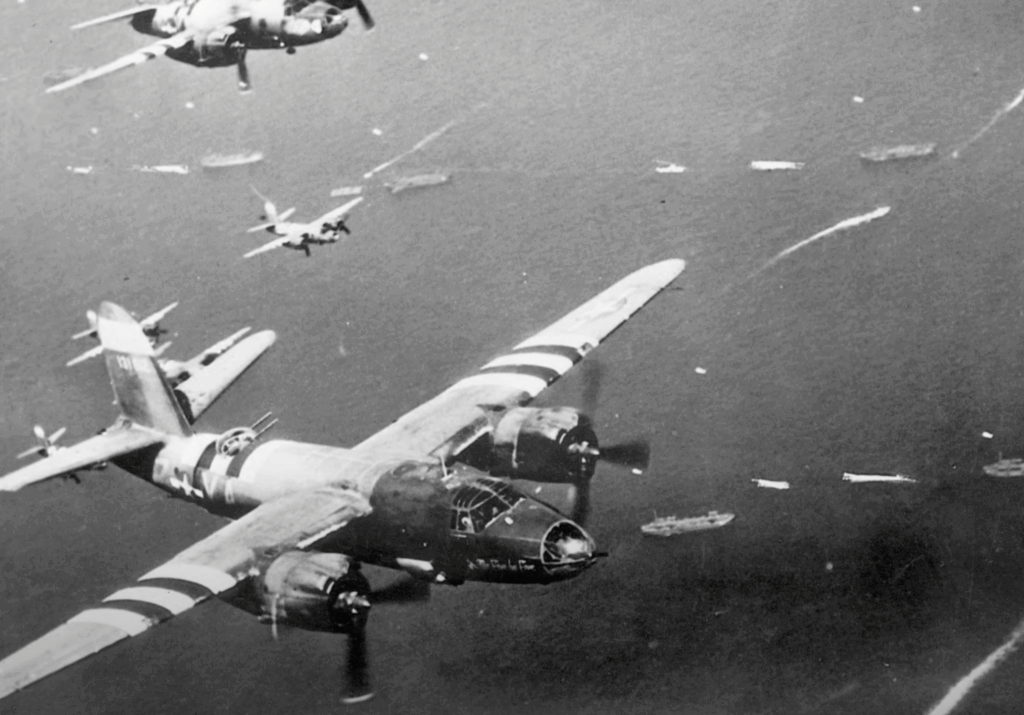
Turning the Reputation Around
A key figure in restoring confidence was Lieutenant General James H. Doolittle, who personally demonstrated its abilities in front of training crews. These demonstrations—often performed by Captain Vincent “Squeak” Bernett—included single-engine takeoffs and complex maneuvers, proving the Marauder could be safely flown by skilled pilots.
By war’s end, over 5,200 Marauders had been built, with a combat loss rate of less than half a percent—better than any other U.S. bomber. It had transformed from a feared training hazard into one of the most effective medium bombers of the conflict.
